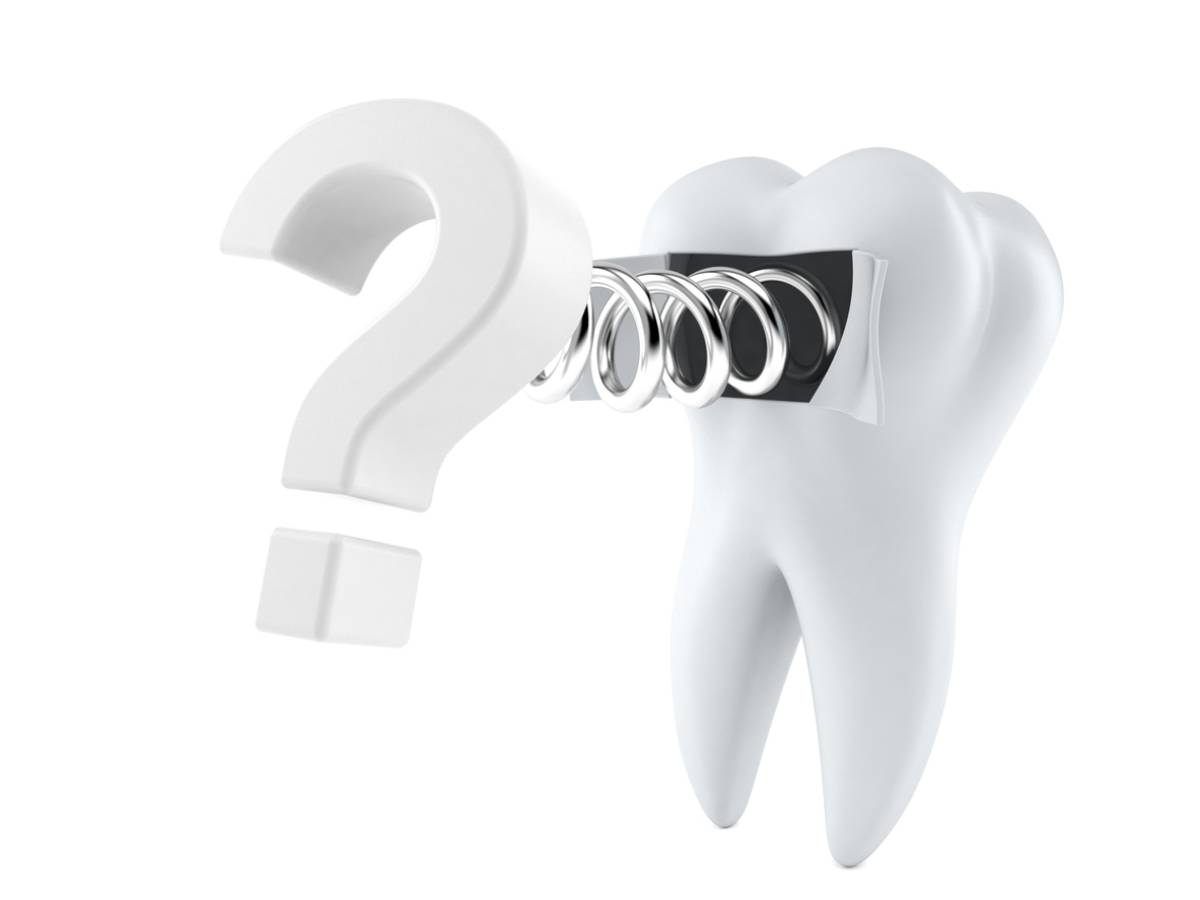Tooth extractions are a common dental procedure that people undergo when they have severe tooth decay, overcrowded teeth, or impacted wisdom teeth. If you have never had a tooth removed before, the thought of the procedure might cause you some anxiety. Luckily, visiting a licensed dentist or endodontist and knowing what to expect from the procedure can help you feel more confident and ease some of your worries. If you need to have a tooth extracted, continue reading to find a detailed explanation of what to know before your first tooth extraction. This guide will ensure that you are well-informed and ready for the procedure.
Reasons for Tooth Extraction
Dentists have different reasons for recommending a tooth extraction.
- Severe Tooth Decay: You may need an extraction if your tooth is so damaged that a filling or root canal can no longer save it
- Gum Disease: If you have advanced gum disease that is threatening to weaken your teeth, your dentist may recommend a tooth extraction.
- Impacted Teeth: Sometimes wisdom teeth can get stuck under the gums. Wisdom teeth in this situation can cause pain and infection and will often require removal.
- Overcrowding: Tooth extractions are sometimes necessary to make room for teeth that will soon undergo orthodontics.
- Infection or Abscess: There are times when infection is so severe that antibiotics are not enough. In these situations, extraction is the best solution.
What to Know Before Your First Tooth Extraction
Before the Procedure
Before your procedure, here are some things you may need to do.
- Discuss Your Medical History with Your Dentist: You need to inform your dentist about any medications you are taking, existing health conditions, or allergies.
- Avoid Eating and Drinking: If you are going to undergo sedation or general anesthesia, there may be a need for you to fast for 6 to 8 hours before the procedure.
- Arrange for a Ride Home: Remember to ask someone to drive you home if you will be sedated.
- Ask About Pain Management: Your dentist may prescribe pain medication or give you over-the-counter options.
- Follow Oral Hygiene Instructions: Typically, this means that you can brush and floss like you usually do, but do not eat hard or sticky foods before the procedure.
During the Procedure
- Simple Extraction: This is performed with local anesthesia when the tooth is visible. The dentist loosens the tooth with a tool called an elevator and removes it using forceps.
- Surgical Extraction: This type of tooth extraction is a more complicated procedure that is necessary for a broken or impacted tooth. It requires an incision in the gum or removal of the bone around the tooth. It is usually done under local anesthesia with sedation or general anesthesia.
After removing your tooth, your dentist will clean and disinfect the socket. Stitches may also be placed to help your gum heal. Your dentist will ask you to bite down firmly on a piece of gauze over the extraction site. This action will slow the bleeding down and help to form a clot.
After the Procedure
- Bleeding: Bleeding for the first few hours is normal. Bite down on a gauze pad to help with clot formation.
- Pain and Swelling: Pain, discomfort, and swelling are normal after the procedure. Apply an ice pack on the area for 10-15 minutes at a time to manage the swelling. You may also ask your dentist for over-the-counter pain medications for pain relief.
- Diet Modification: Yogurt, mashed potato, porridge, and other soft foods may be best for 24-48 hours.
- Avoid Smoking and Straws: The act of smoking and other sucking actions may dislodge the clot and lead to a painful condition called dry socket.
- Oral Hygiene: You may brush your teeth, but avoid brushing near the extraction site for the first day. Just rinse your mouth gently with salt water after 24 hours.
Signs of Complications
Most extractions heal without any problem. However, you still need to watch out for the following warning signs.
- Excessive Bleeding: Bleeding should not continue beyond 24 hours. If it does, contact your dentist immediately.
- Severe Pain: Observe your pain. If it worsens after a few days, it may mean a dry socket.
- Fever or Pus: It does not matter if you have only one or both. They are signs of infection, which means that you need to inform your dentist so they can be properly addressed.
- Numbness: Numbness is normal during the procedure and until anesthesia wears off. However, if numbness persists even after the anesthesia has worn off, it may indicate nerve damage.
Recovery Timeline
The length of your healing period will depend on both the complexity of the procedure and individual factors. You may go back to school or work after a day or two. However, you should avoid physical work that requires you to do heavy lifting or exert a lot of effort.
In general, swelling and bleeding will gradually subside within 24 hours. Soft tissue healing typically occurs in a week, while full gum healing should occur within two weeks.
Consult a Dentist Today
Although the idea of tooth extraction can be intimidating, knowing what to expect from it and how to prepare for it should make you more comfortable when you go for your first extraction. All you need to do is find a board-certified dentist who will perform the procedure, follow all his after-care instructions, and you will soon be on your way to a healthy, pain-free smile. If you need a licensed and skilled dentist you can trust, schedule a consultation with us today.

